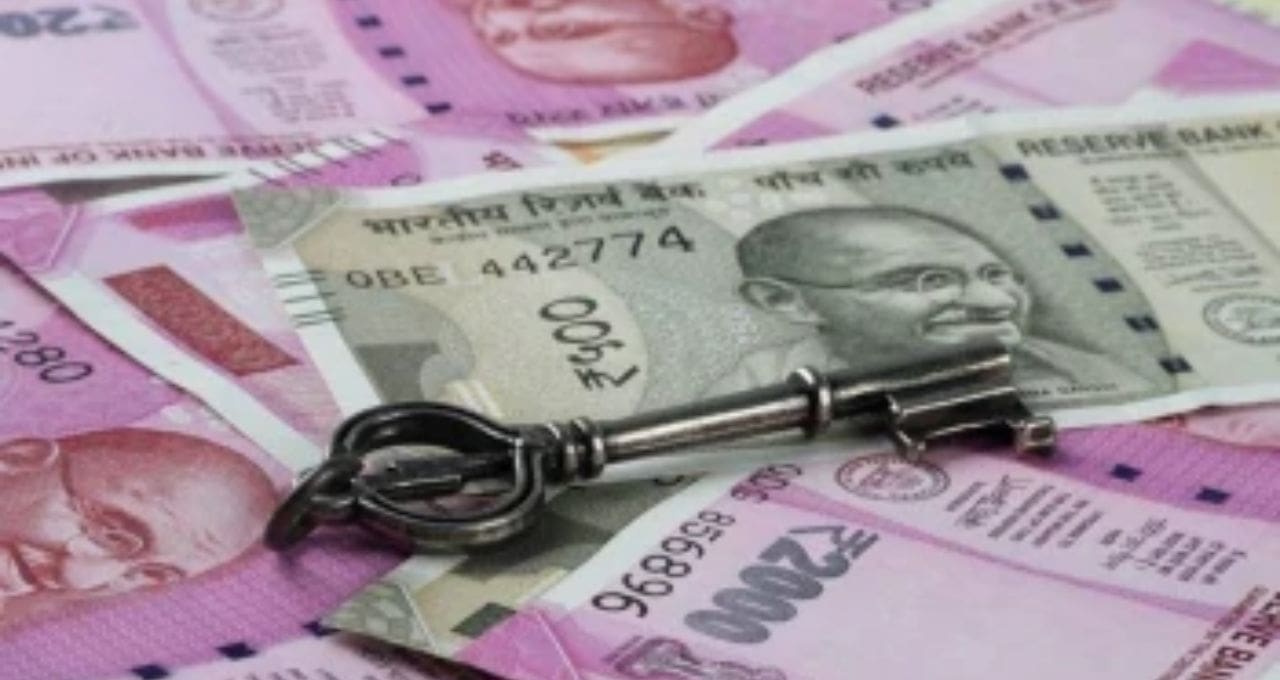Synopsis
- Credit offtake rose by 15.5% year on year (y-o-y) for the fortnight ended February 24, 2023. In absolute terms, credit offtake expanded by Rs.15.6 lakh crore to Rs.134.5 lakh as of February 24, 2023 from March 2022. The growth has been driven by personal loans, robust growth in NBFCs, higher working capital requirements due to inflation and an Indian currency depreciation (INR) and lower borrowings from overseas markets.
- With a larger base, deposit growth witnessed a slower growth at 10.1% y-o-y compared to credit growth for the fortnight ended February 24, 2023. Deposit rates have already risen and are expected to go up even further due to elevated policy rates, intense competition between banks for raising deposits to meet strong credit demand, a widening gap between credit & deposit growth, and lower liquidity in the market. The short-term Weighted Average Call Rate (WACR) has reached 6.72% (as of February 24, 2023) increasing by 104.0% y-o –
- Credit offtake rose by 15.5% y-o-y for the fortnight ended February 24, 2023, compared to 9.1% from the same period in the last year (reported February 25, 2022). Sequentially, it increased by 0.2% for the fortnight. In absolute terms, credit outstanding stood at Rs.134.5 lakh crore as of February 24, 2023, rising by Rs.15.6 lakh crore from March 2022 vs 8.0 lakh crore in the same period from the last year. The credit growth has been robust in FY23 driven by personal loans, (unsecured personal loans, housing and auto loans), higher demand from NBFCs due to cost optimisation & requirement for their own growth, higher working capital requirements due to elevated inflation, particularly from petroleum, chemical industries, and also depreciation of Indian currency (INR).
-
- Deposits stood at Rs.178.6 lakh crore for the fortnight ended February 24, 2023, registering a growth of 10.1% y-o-y. Time deposits grew by 10.2% y-o-y, while demand deposits rose by 9.5% in the reporting fortnight vs. 8.6% and 15.3% y-o-y, respectively, reported in the fortnight ended February 25, 2022. Meanwhile, in absolute terms, bank deposits have increased by Rs.14.0 lakh crore from March 2022. It also increased by Rs.0.9 Lakh crore from the immediate previous fortnight (reported February 11, 2023).
-
- Deposits stood at Rs.178.6 lakh crore for the fortnight ended February 24, 2023, registering a growth of 10.1% y-o-y. Time deposits grew by 10.2% y-o-y, while demand deposits rose by 9.5% in the reporting fortnight vs. 8.6% and 15.3% y-o-y, respectively, reported in the fortnight ended February 25, 2022. Meanwhile, in absolute terms, bank deposits have increased by Rs.14.0 lakh crore from March 2022. It also increased by Rs.0.9 Lakh crore from the immediate previous fortnight (reported February 11, 2023).
- The banking system liquidity has generally been trending down with RBI seeking to manage elevated inflation. The liquidity deficit stood at Rs.29,480 crore (as of February 24, 2023) as against a surplus of Rs.6.4 lakh crore at the beginning of FY23. Given the liquidity issues and rising interest rates, RBI has conducted a 14 days variable rate Repo auction for Rs.1.0 trillion on March 10, 2022. This is the second auction since February 2020 The banking system liquidity has generally been trending down with RBI seeking to manage elevated inflation. The liquidity deficit stood at Rs.29,480 crore (as of February 24, 2023) as against a surplus of Rs.6.4 lakh crore at the beginning of FY23. Given the liquidity issues and rising interest rates, RBI has conducted a 14 days variable rate Repo auction for Rs.1.0 trillion on March 10, 2022. This is the second auction since February 2020 Credit growth has remained robust even amid the significant rise in interest rates, and global uncertainties related to geo-political, and supply chain issues. The growth has been broad-based across the segments and is expected to be in the mid-teens in FY23. Personal Loans and NBFCs have been the key growth drivers for y and 86.0% from March 31, 2022, due to a rise in policy rates and lower liquidity in the system. to manage liquidity. to manage liquidity..as compared to deposits. Sequentially, it dropped by 20 bps from the immediate previous fortnight. The CD ratio has been hovering near the pre-pandemic level of 75.8% in Feb 2020 and 75.7% in March 2020.
- Credit growth generally began picking up in H2FY22 and surpassed deposit growth in Q4FY22, since then it has continued the momentum. A part of the funding gap has been met by mobilisation of Certificates of Deposits (CDs). A wide gap in credit and deposit growth, lower liquidity and strong credit demand have been driving for higher issuance of CDs. Banks are keeping their CD issuance elevated to meet short-term requirement amid lower liquidity and focusing on shoring up the deposits to meet robust credit demand. The outstanding CDs stood at Rs 2.8 lakh crores as of February 24, 2023, as compared to Rs.1.3 lakh crore a year ago. In terms of absolute growth, credit offtake rose by 31.0% from March 27, 2020, whereas deposit growth came in at 31.6%. Credit growth almost reached deposit growth in the period. Major growth has been reported in FY23 compared to FY22 and FY21.
Proportion of Credit to Total Assets Declined, Govt. Investment to Total Assets Rises
The share of bank credit to total assets decreased by 11 bps y-o-y to 67.3% in the fortnight, compared to the fortnight ended February 25, 2022. Total assets of the banks rose by 15.7% y-o-y in the last one year and almost caught up with credit growth.
Proportion of government investment to total assets declined by 33 bps for the fortnight ended February 24, 2023, compared to a similar fortnight in the last year (reported February 25, 2022) due to higher assets growth compared to the investments. The Govt. investments stood at Rs.53.4 lakh crore as of February 24, 2023, reporting a 14.3% y-o-y growth.

